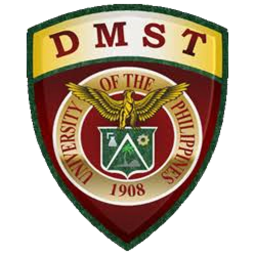BECOME A CADET OFFICER – TAKE THE ADVANCED COURSE. If you want to further develop and apply your leadership and management skills, you can volunteer for the Cadet Officers’ Candidate Course (COCC). Upon graduation from the COCC program, you will receive a cadet commission as Cadet Second Lieutenant (C2LT) and take positions of leadership in the UP Corps of Cadets.
The Advance Course covers Mil Sci 3 (a summer camp training), Mil Sci 31, 32, 41 and 42. The cadet officer’s life includes a structured regimen of physical fitness, military science and tactics, leadership development, academics, martial arts, water skills training and management of the UP Corps of Cadets. Graduates of the Advanced Course become members of the U.P. Vanguard, Incorporated, the UP ROTC alumni association founded in 1922.
SCHOLARSHIPS AND BENEFITS OF A CADET OFFICER
As a cadet officer, you can qualify for:
- Cadet Officer Tuition Fee Grant per semester from the University:
- 75% tuition fee discount for Mil Sci 31 & 32;
- 100% tuition fee discount for Mil Sci 41 & 42.
- UP Vanguard Scholarship. Benefits ranging from P2,500 to P12,000 per semester.
- Phil. Army Scholarship for Advanced ROTC Cadets. Benefits ranging from P8,000-P12,000 per year.
Furthermore, cadet officers are also eligible to use the Cadet Barracks and Cadet Library. The Cadet Library is part of the UP Library System and offers an extensive collection of military literature and multiple computers with Internet access.
